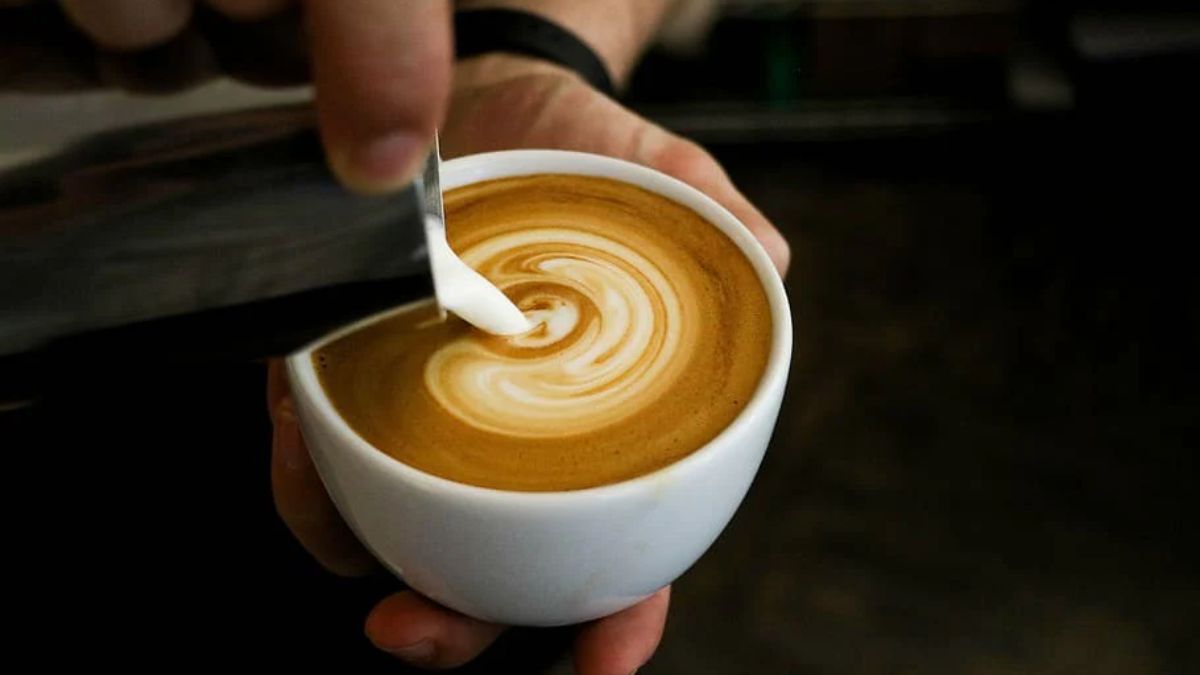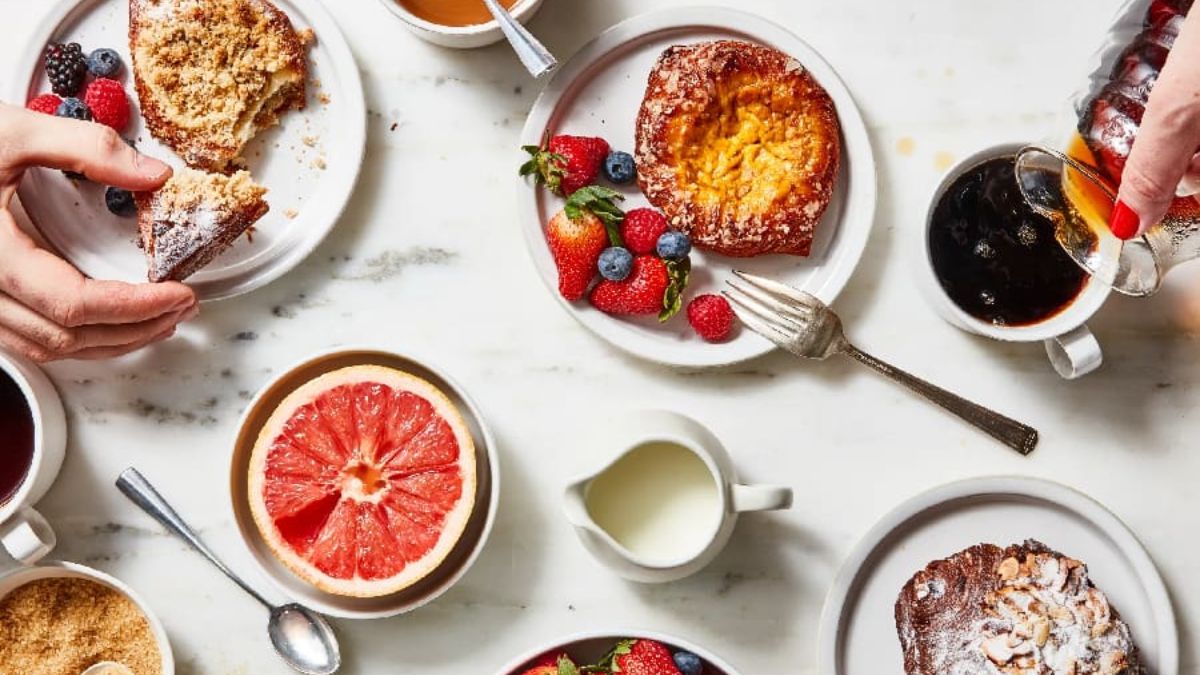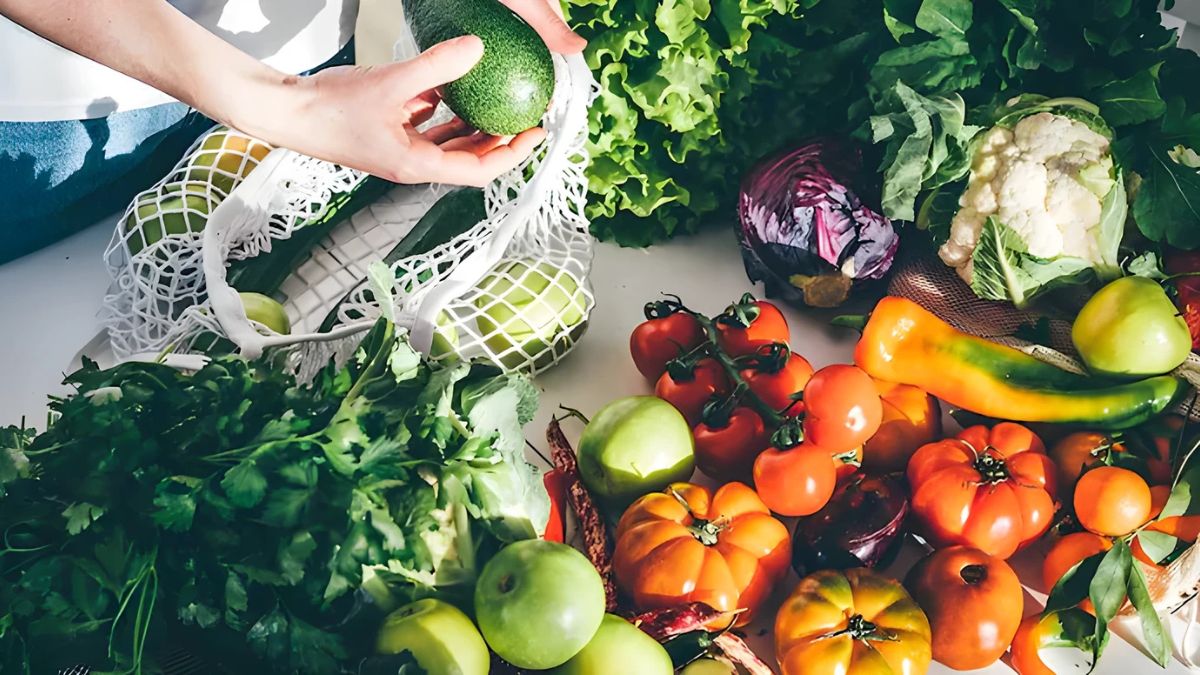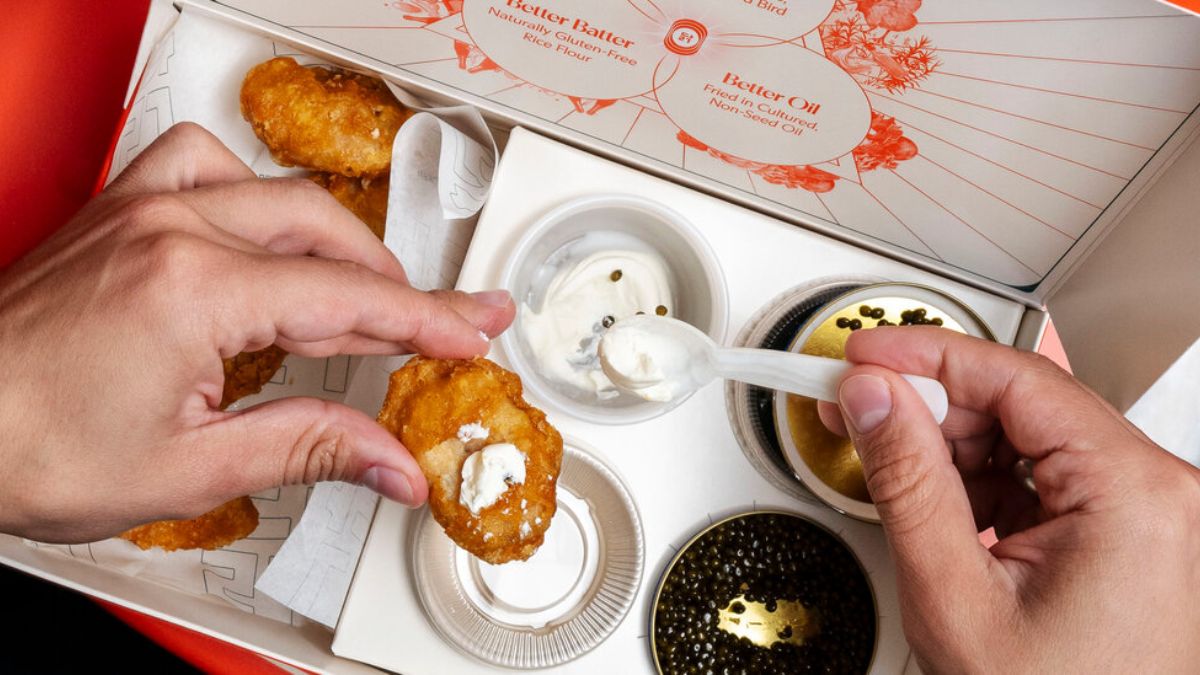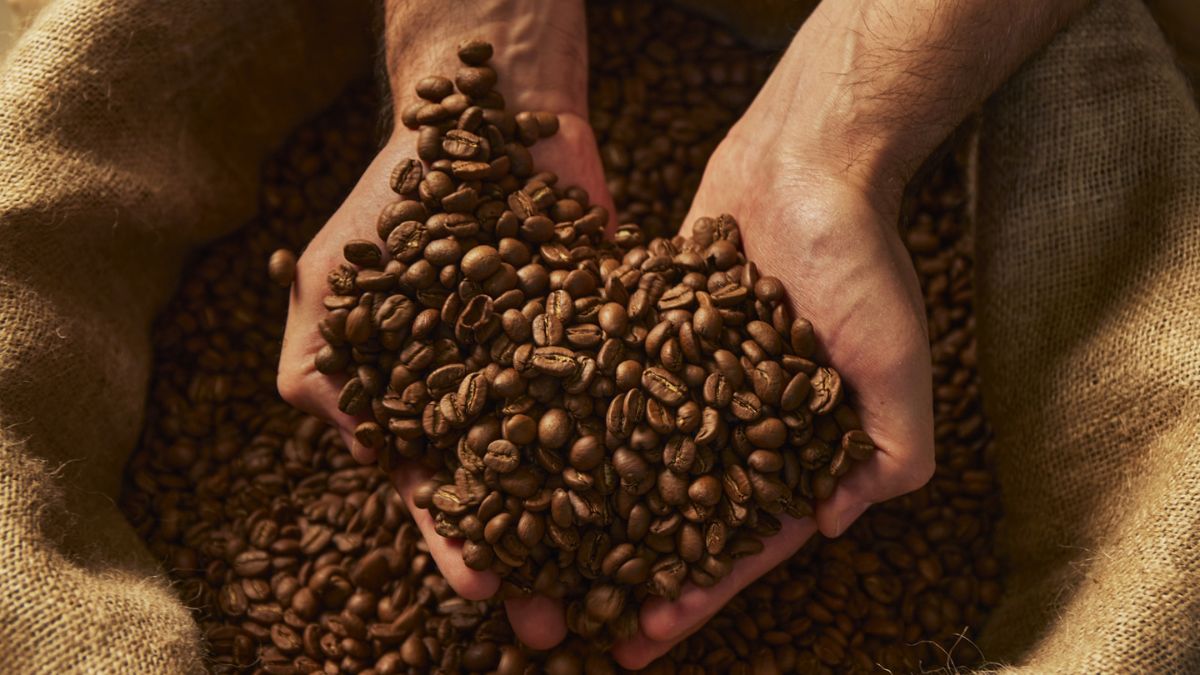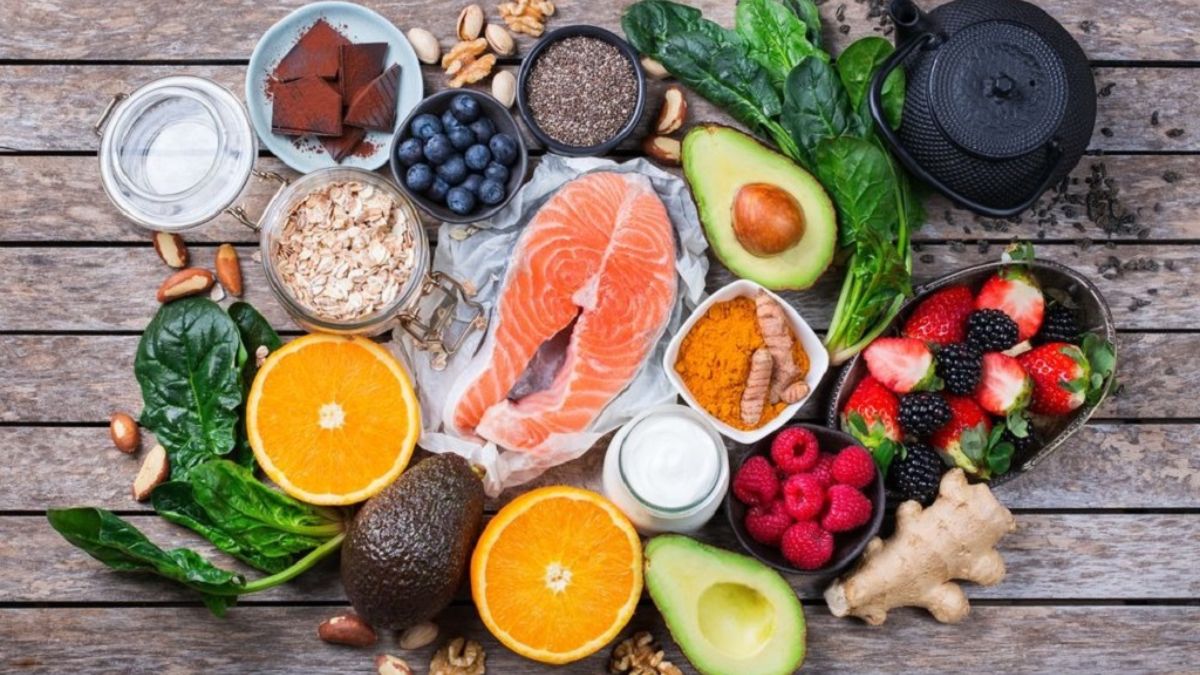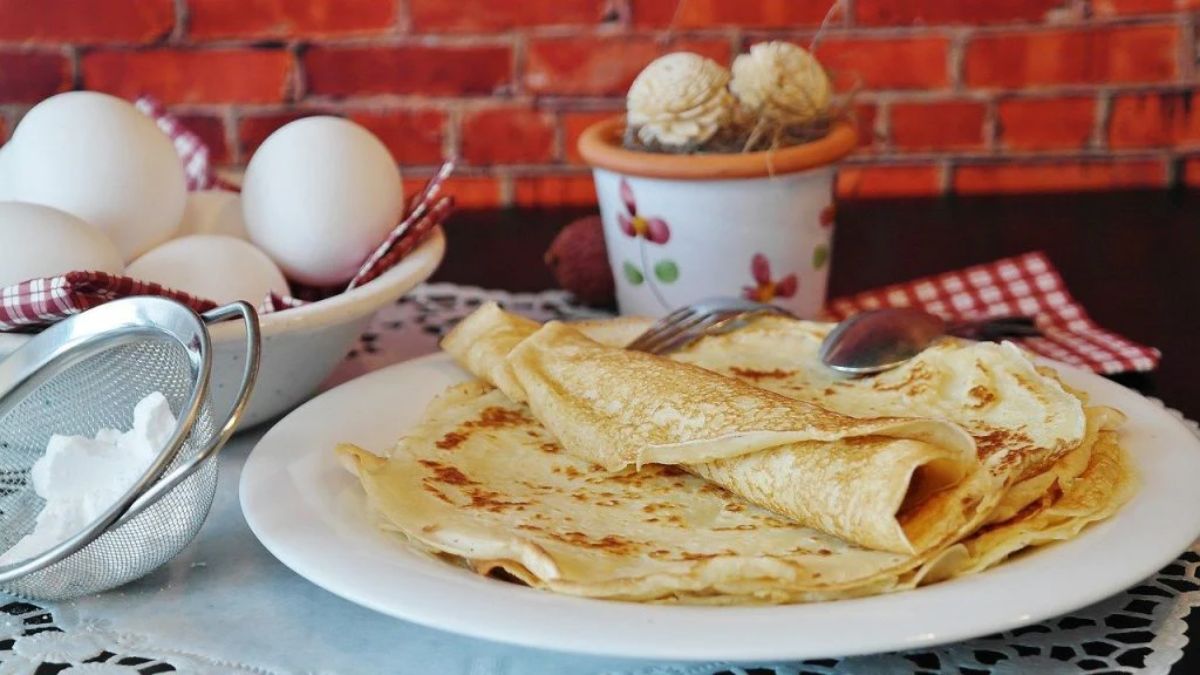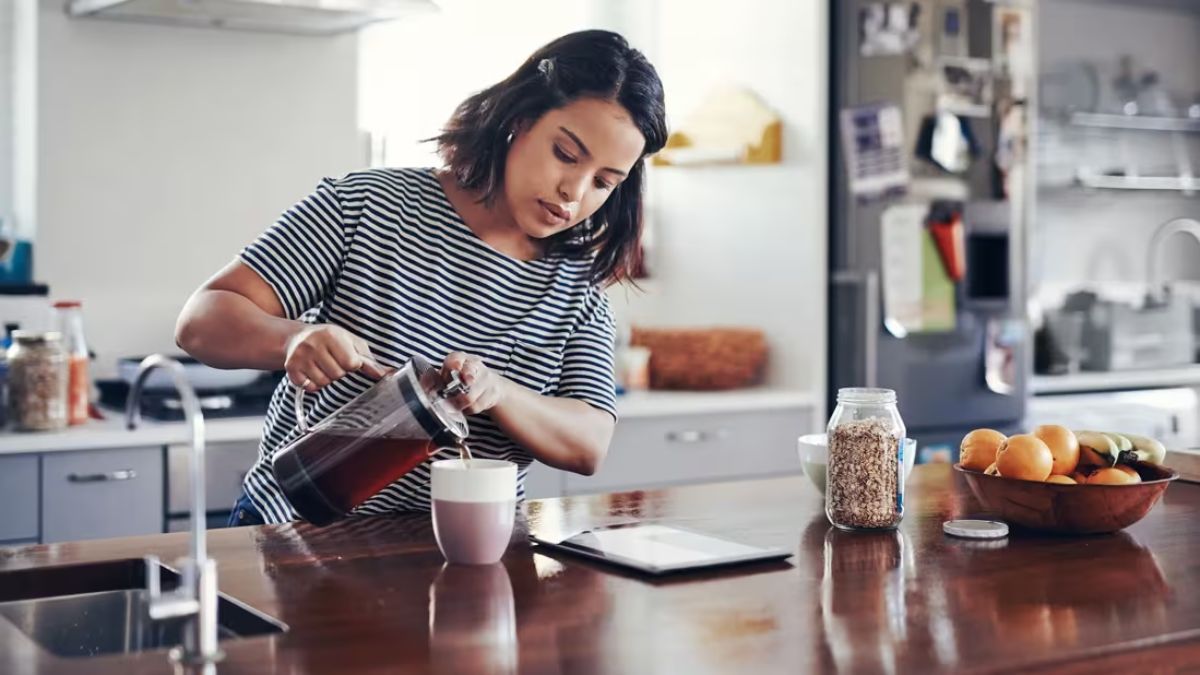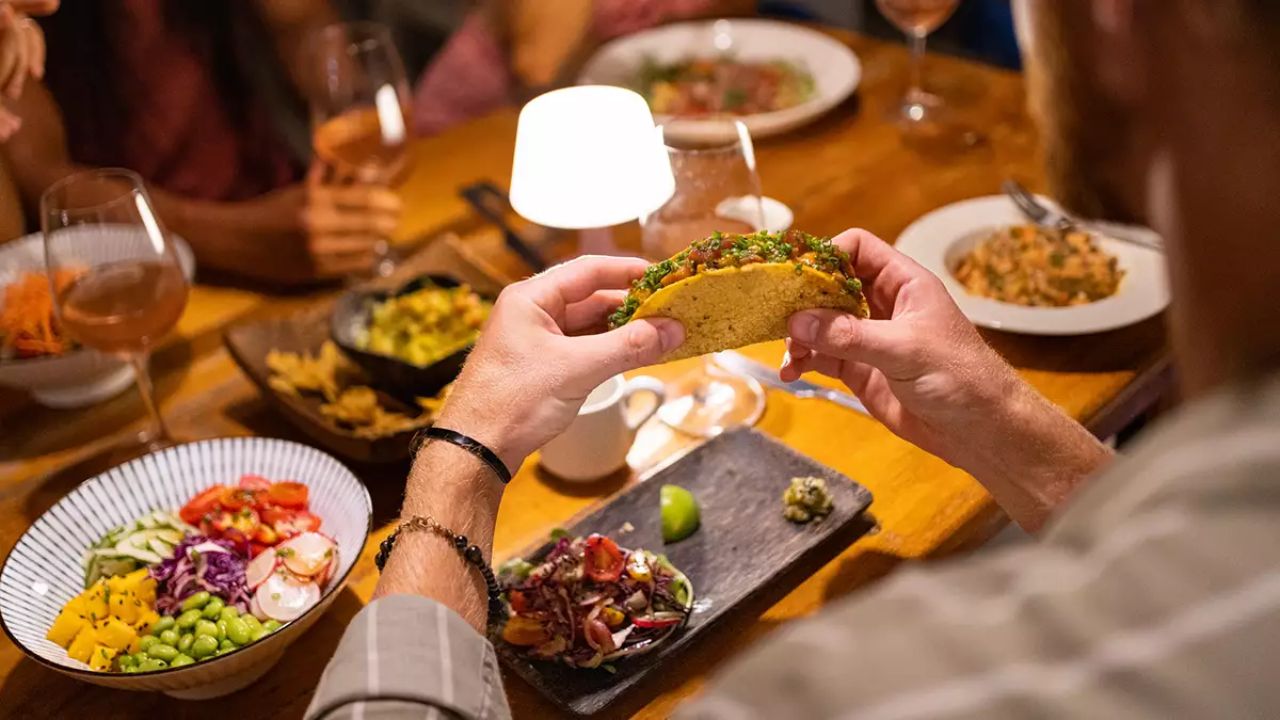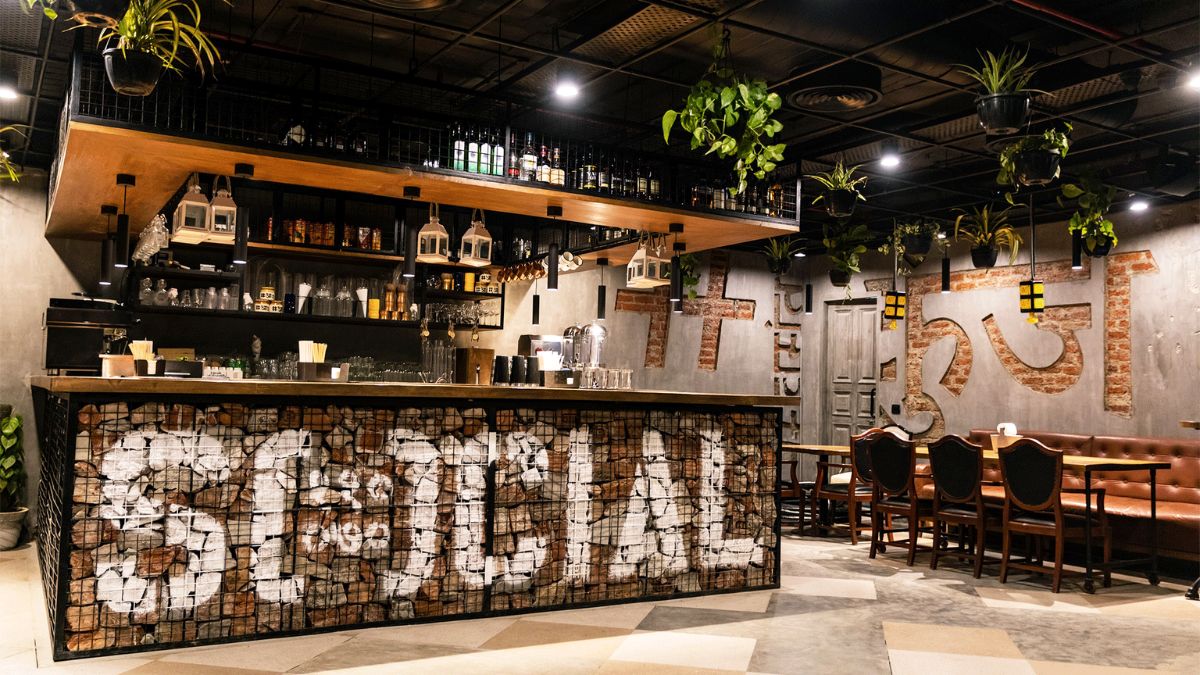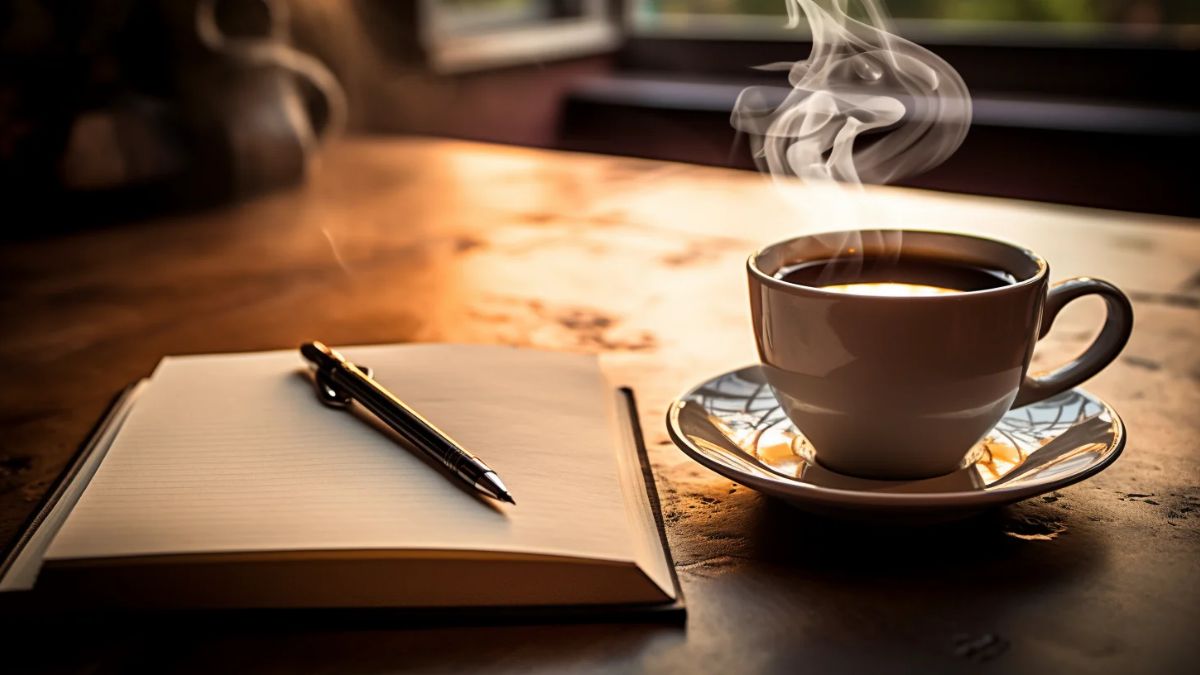Ever ordered a latte and found a beautiful heart or rosette floating on top of the foam? It almost feels too pretty to drink. That’s latte art—one of the most beloved parts of café culture today. But behind those creamy patterns is a mix of science, skill, and a whole lot of practice. Let’s look into what really goes into making latte art that turns heads (and steals hearts).
Basics
Latte art starts with two things: well-pulled espresso and perfectly steamed milk. Without either, you’re just pouring milk into coffee. But when done right, the milk blends with the crema—the golden layer on top of the espresso—to create contrast and shape.
Most beginner baristas learn to make a simple heart first. But the key is all in the pour. The milk needs to be microfoamed—meaning it’s smooth, silky, and free of large bubbles. Then it’s poured in a steady stream at just the right angle and height to draw the design.
Technique
Creating latte art isn’t just a random swirl. It’s more like drawing with milk. Baristas use a combination of wrist movements, pour speed, and cup angles to create shapes. It’s both technical and artistic—kind of like doing calligraphy with liquid.
There are two main types of latte art: free pour and etching. Free pour is when the design is created by pouring milk in patterns. Etching, on the other hand, involves using a tool like a needle or toothpick to draw on the foam after it’s poured.
The most popular free-pour designs include:
| Design Name | Description |
|---|---|
| Heart | The beginner classic |
| Rosetta | Leaf-like pattern |
| Tulip | Stacked hearts and curves |
| Swan | Elegant, tricky to master |
Milk
Not all milk is created equal when it comes to latte art. Whole milk is the most forgiving because of its fat content, which creates stable, glossy foam. Oat milk and almond milk can also work, but they need to be steamed just right or they separate too quickly.
The milk temperature matters too—around 55–65°C is the sweet spot. Too hot and it scorches. Too cold and it won’t foam properly. Getting it right takes more trial and error than you’d think.
Tools
While you technically don’t need fancy tools, many baristas use specific gear to help with consistency and control. A good milk pitcher with a narrow spout is key. It allows more precision when pouring, especially for complex designs.
Some cafés also use thermometers, latte art pens for etching, and even stencils for custom foam artwork. But in the end, it’s really about the barista’s hands and how they move.
Practice
Here’s the real secret—latte art takes serious repetition. Even seasoned baristas make mistakes. That perfect tulip or swan you see online? It probably took dozens of tries to get right. Most baristas practice off-shift with jugs of milk and espresso shots until their hands can do it from muscle memory.
It’s a bit like learning to juggle. Once you’ve got the rhythm, it becomes second nature. But getting there is a mix of frustration, spillage, and a whole lot of foam.
Appeal
Why does latte art matter? For one, it shows care. When a barista takes the time to pour a heart or rosetta into your cup, it adds a personal touch. It tells you they didn’t just make a drink—they crafted it.
And let’s not ignore the Instagram factor. Latte art is incredibly photogenic. A beautifully poured latte can turn into the star of a café’s social media page, boosting visibility and drawing new customers.
But more than the look, it’s about the feeling. That little heart in your coffee? It feels like a warm hug on a cold morning.
Trend
Latte art competitions have also added to its popularity. Events like the World Latte Art Championship bring baristas from all over the world to show off skills and creativity. These pros pour everything from phoenixes to cartoon characters, pushing the boundaries of what’s possible in a cup.
Plus, latte art classes are popping up in cities everywhere. Even home brewers are getting in on the action, buying espresso machines and milk frothers to try their hand at it.
Latte art may seem like a tiny detail, but it’s one that transforms a regular coffee into something memorable. It blends creativity and precision in every pour, turning a morning ritual into a mini masterpiece. And maybe that’s why we love it so much—it’s coffee with a little extra soul.
FAQs
What is latte art made from?
It’s made from steamed milk poured into espresso crema.
Is latte art hard to learn?
Yes, it takes time, practice, and patience to master.
What milk works best for latte art?
Whole milk creates the most stable and silky foam.
Can you make latte art at home?
Yes, with a good espresso machine and milk frother.
Does latte art change the taste?
No, but it improves the presentation and experience.

